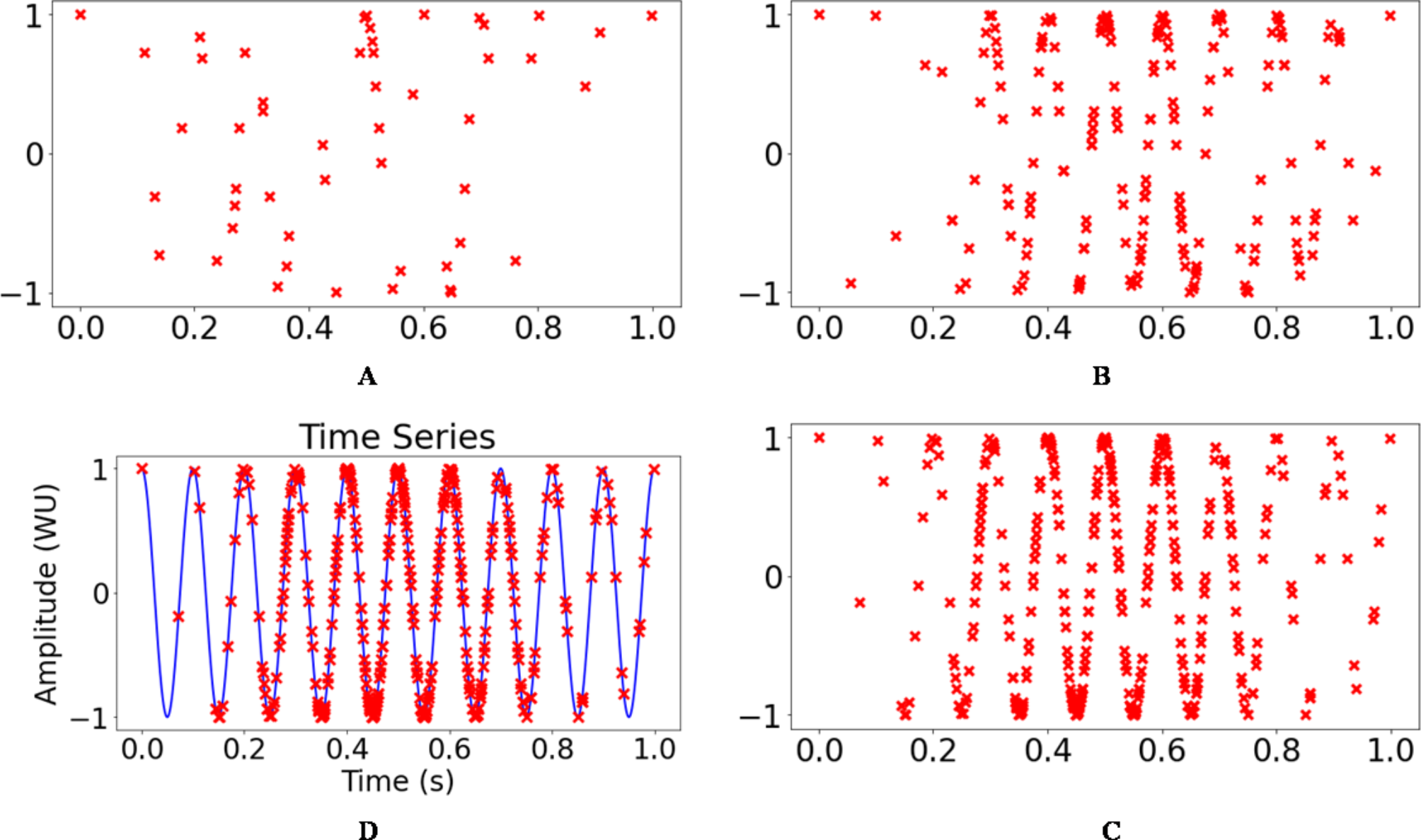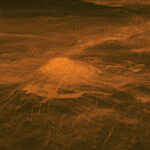2025-03-31 ペンシルベニア州立大学 (Penn State)
ペンシルベニア州立大学の研究チームは、無人自律走行車(UAV)などのAI搭載システムの効率を向上させるための「選択的学習」アプローチを開発しました。この手法は、人間の脳の「選択的注意」メカニズムに着想を得ており、特定の問題解決に必要なデータのみを収集することで、エネルギーや計算資源を節約します。
従来のAIモデルは大量のデータを収集・処理するため、高い計算能力とエネルギーを必要としていました。しかし、この新しいアプローチにより、UAVやウェアラブル電子機器などのアプリケーションで、最大435倍の計算資源削減が可能となります。これにより、バッテリー寿命の延長やリアルタイム処理の向上が期待されます。
この研究は、AIシステムの効率化と持続可能性の向上に寄与し、将来的には危険な環境での探索やインフラ点検など、多岐にわたる分野での応用が見込まれます。
<関連情報>
- https://www.psu.edu/news/institute-computational-and-data-sciences/story/qa-researchers-approach-aims-make-ai-powered
- https://www.nature.com/articles/s41598-024-83706-8
シフト不変スペクトル安定アンダーサンプリングネットワークを用いたセンシングのための選択的学習 Selective learning for sensing using shift-invariant spectrally stable undersampled networks
Ankur Verma,Ayush Goyal,Sanjay Sarma & Soundar Kumara
Scientific Reports Published:30 December 2024
DOI:https://doi.org/10.1038/s41598-024-83706-8

Abstract
The amount of data collected for sensing tasks in scientific computing is based on the Shannon-Nyquist sampling theorem proposed in the 1940s. Sensor data generation will surpass 73 trillion GB by 2025 as we increase the high-fidelity digitization of the physical world. Skyrocketing data infrastructure costs and time to maintain and compute on all this data are increasingly common. To address this, we introduce a selective learning approach, where the amount of data collected is problem dependent. We develop novel shift-invariant and spectrally stable neural networks to solve real-time sensing problems formulated as classification or regression problems. We demonstrate that (i) less data can be collected while preserving information, and (ii) test accuracy improves with data augmentation (size of training data), rather than by collecting more than a certain fraction of raw data, unlike information theoretic approaches. While sampling at Nyquist rates, every data point does not have to be resolved at Nyquist and the network learns the amount of data to be collected. This has significant implications (orders of magnitude reduction) on the amount of data collected, computation, power, time, bandwidth, and latency required for several embedded applications ranging from low earth orbit economy to unmanned underwater vehicles.



